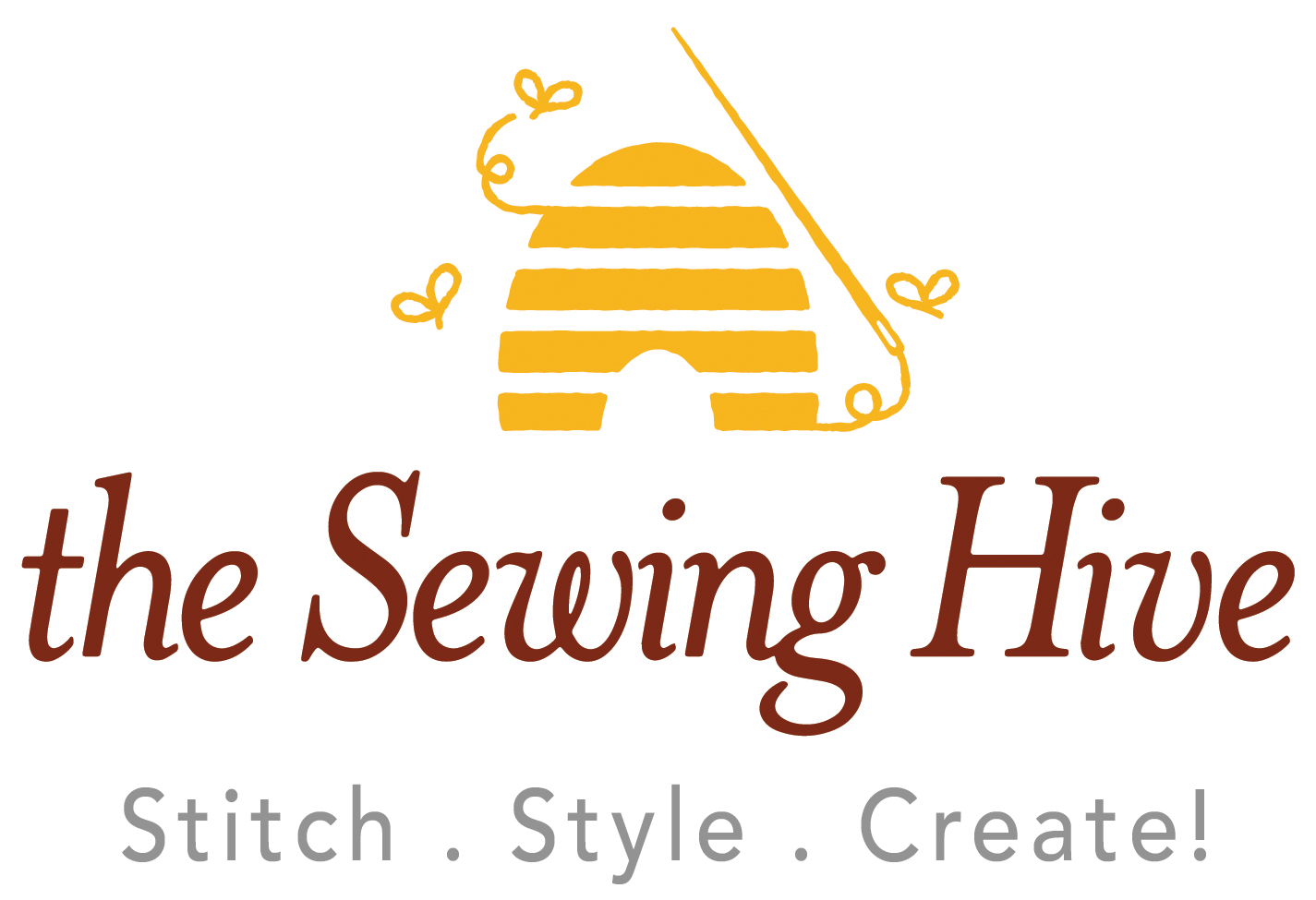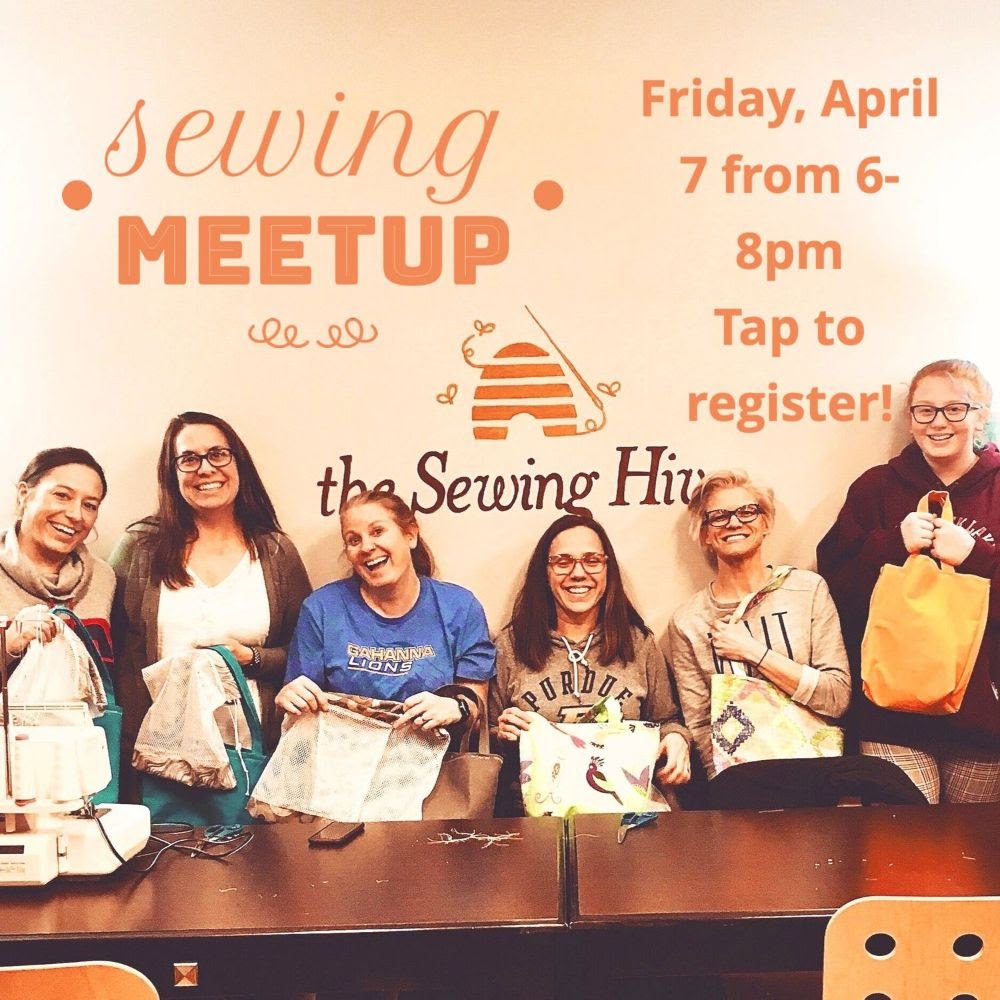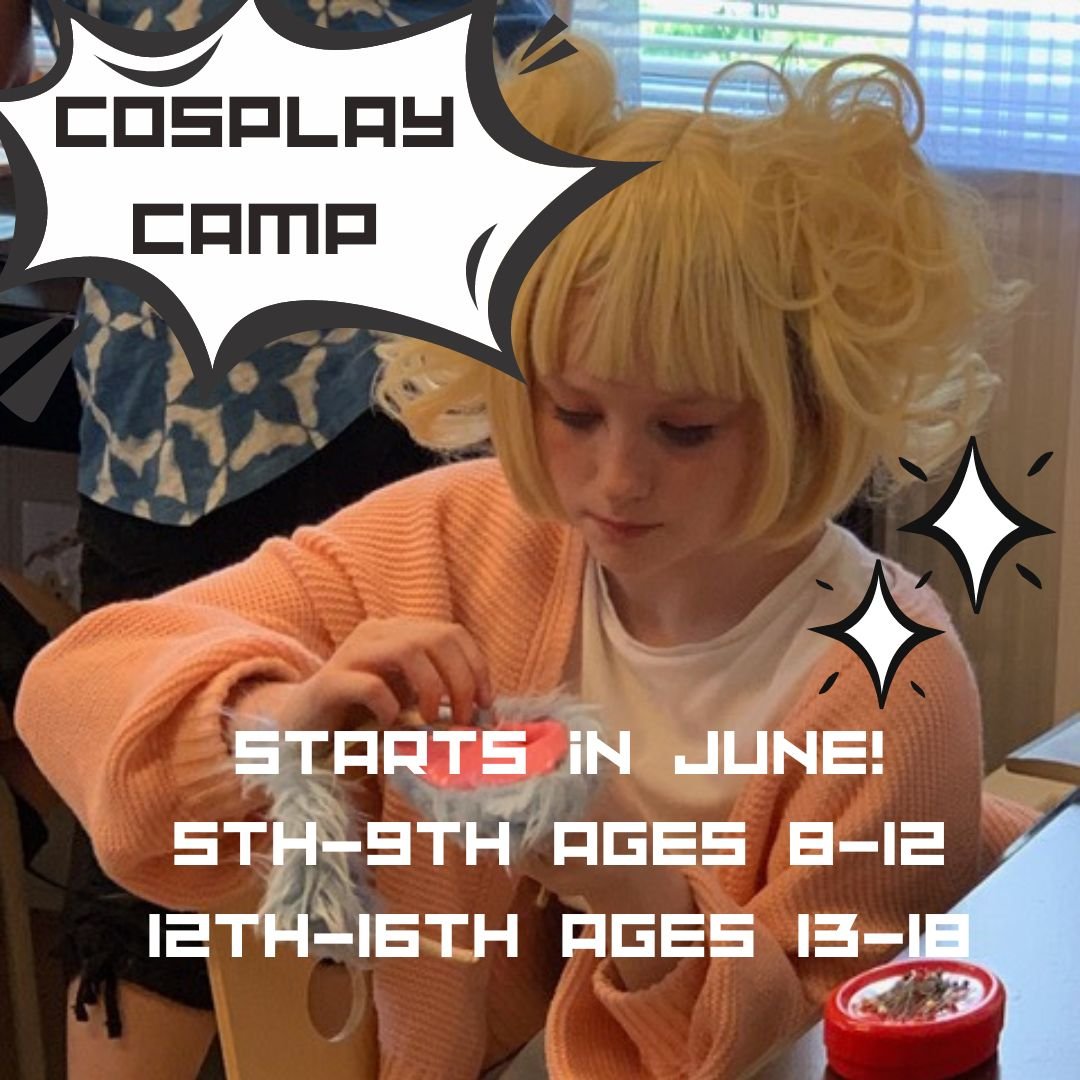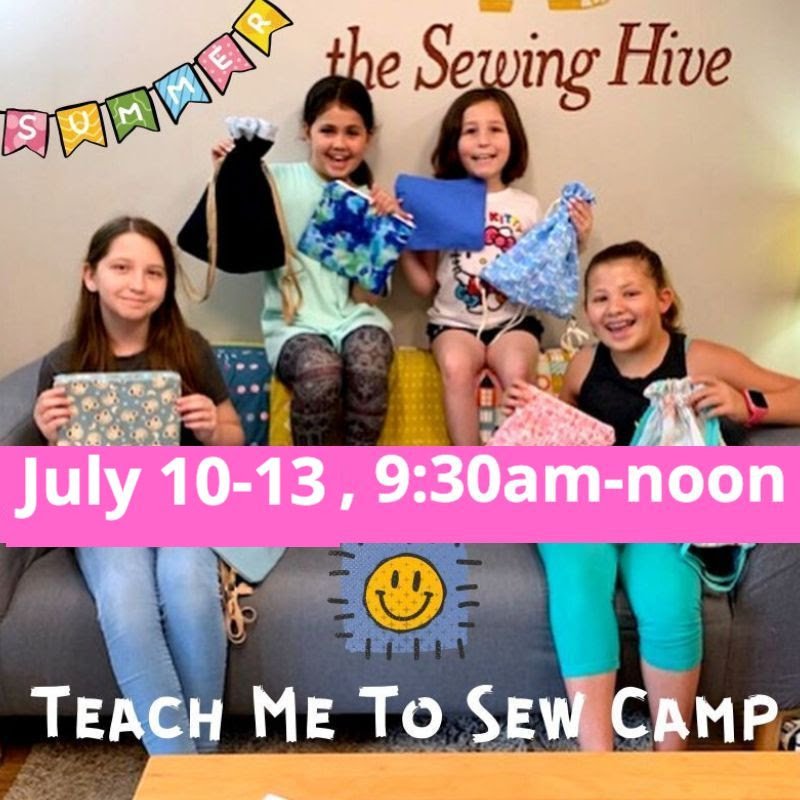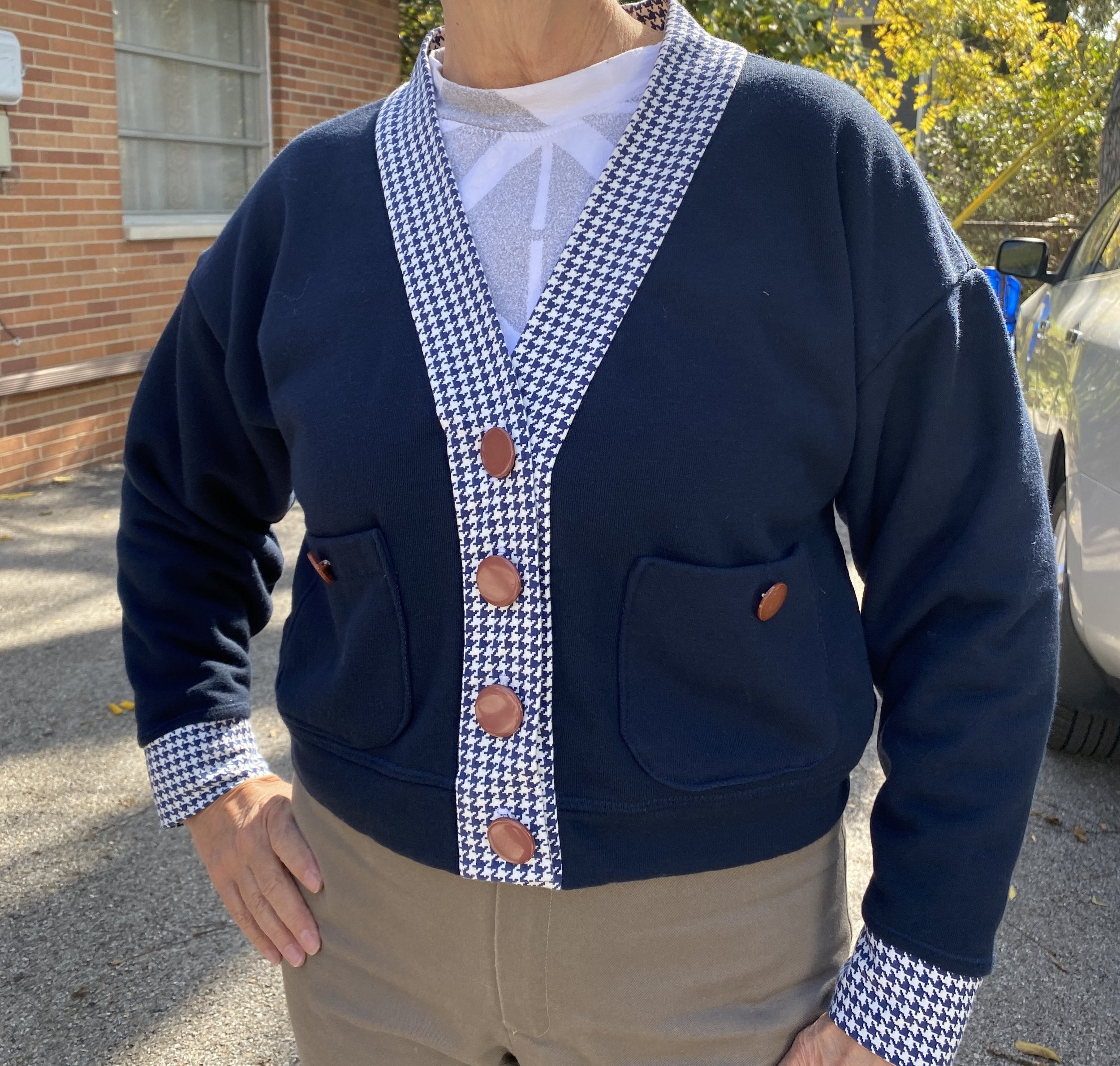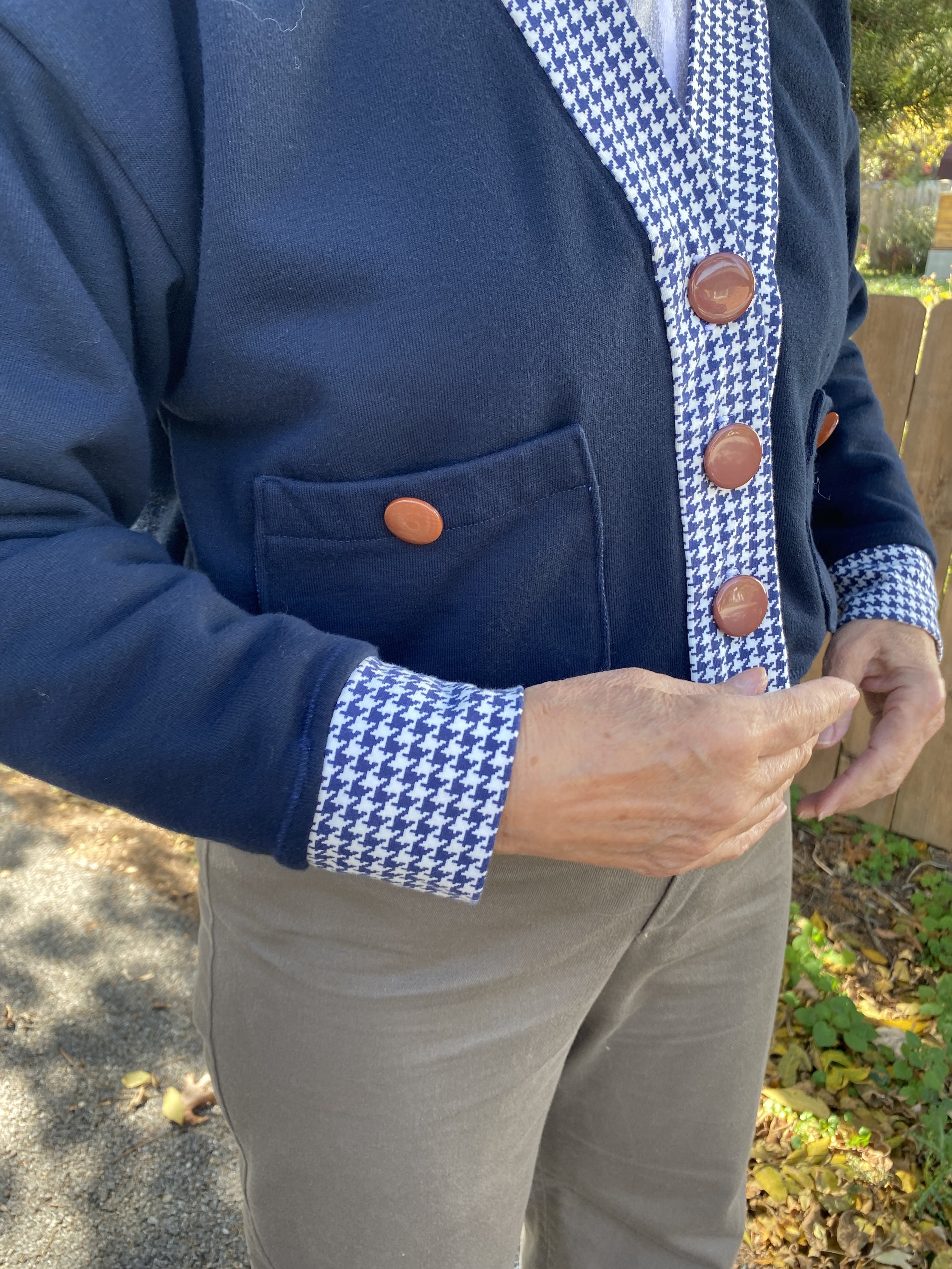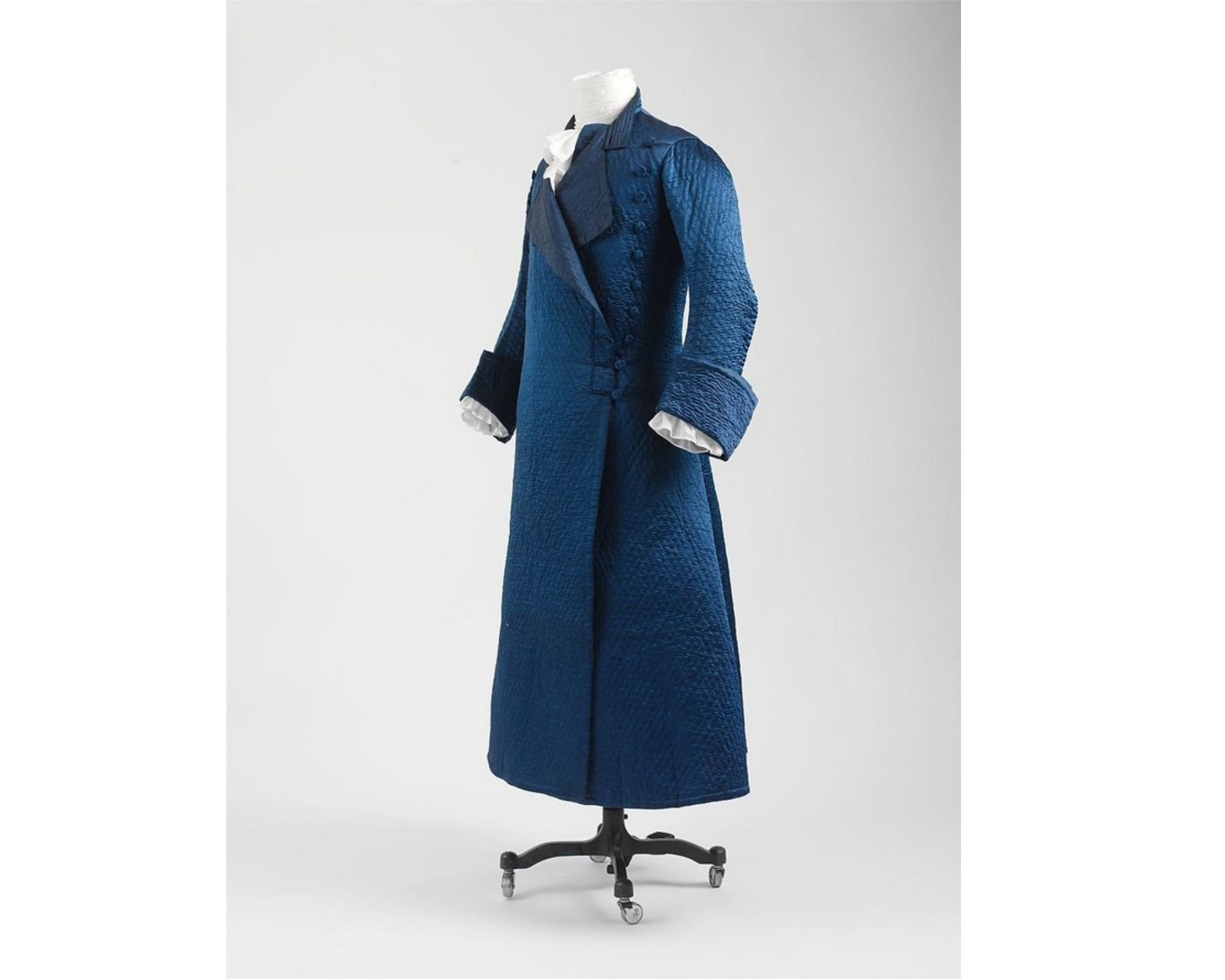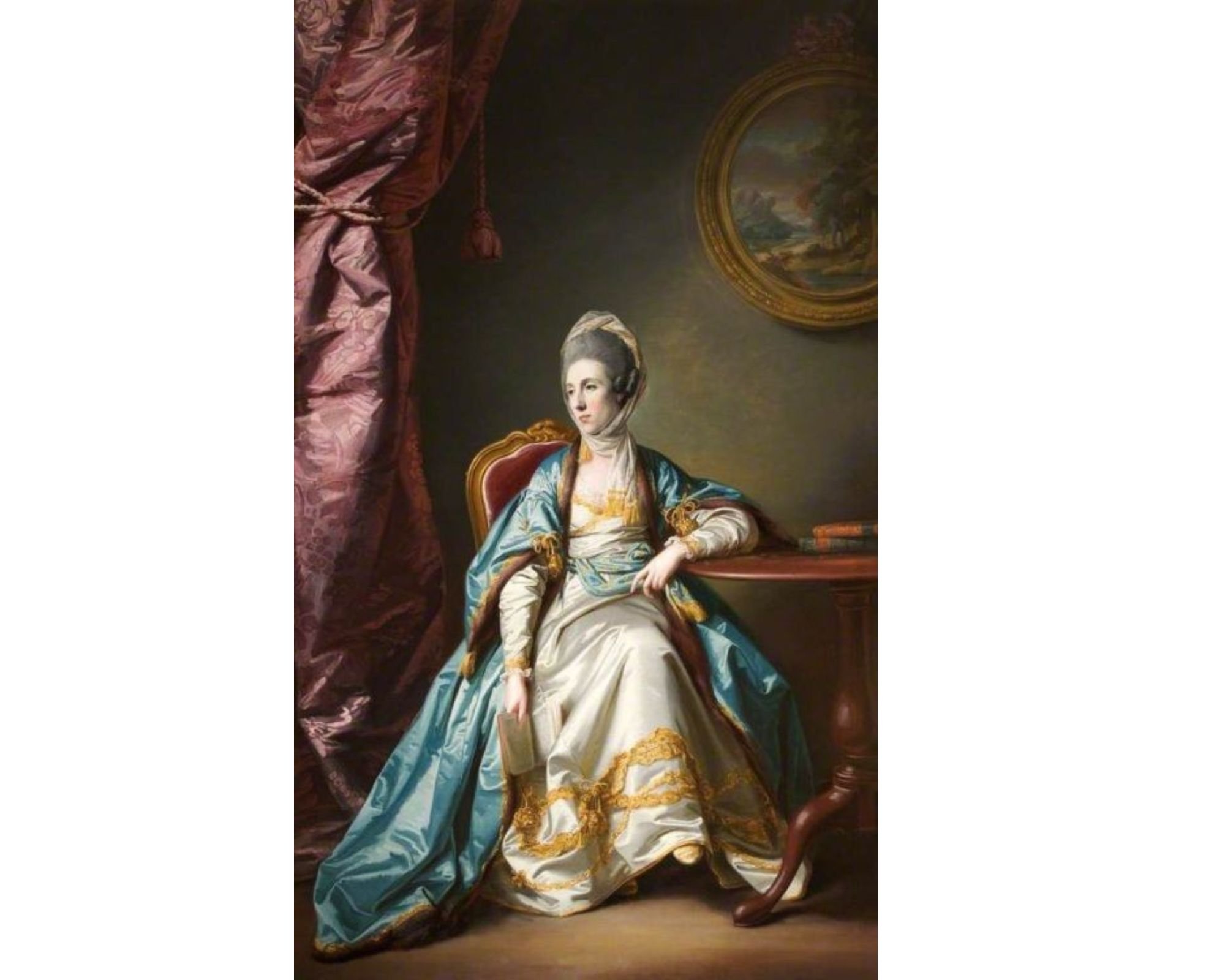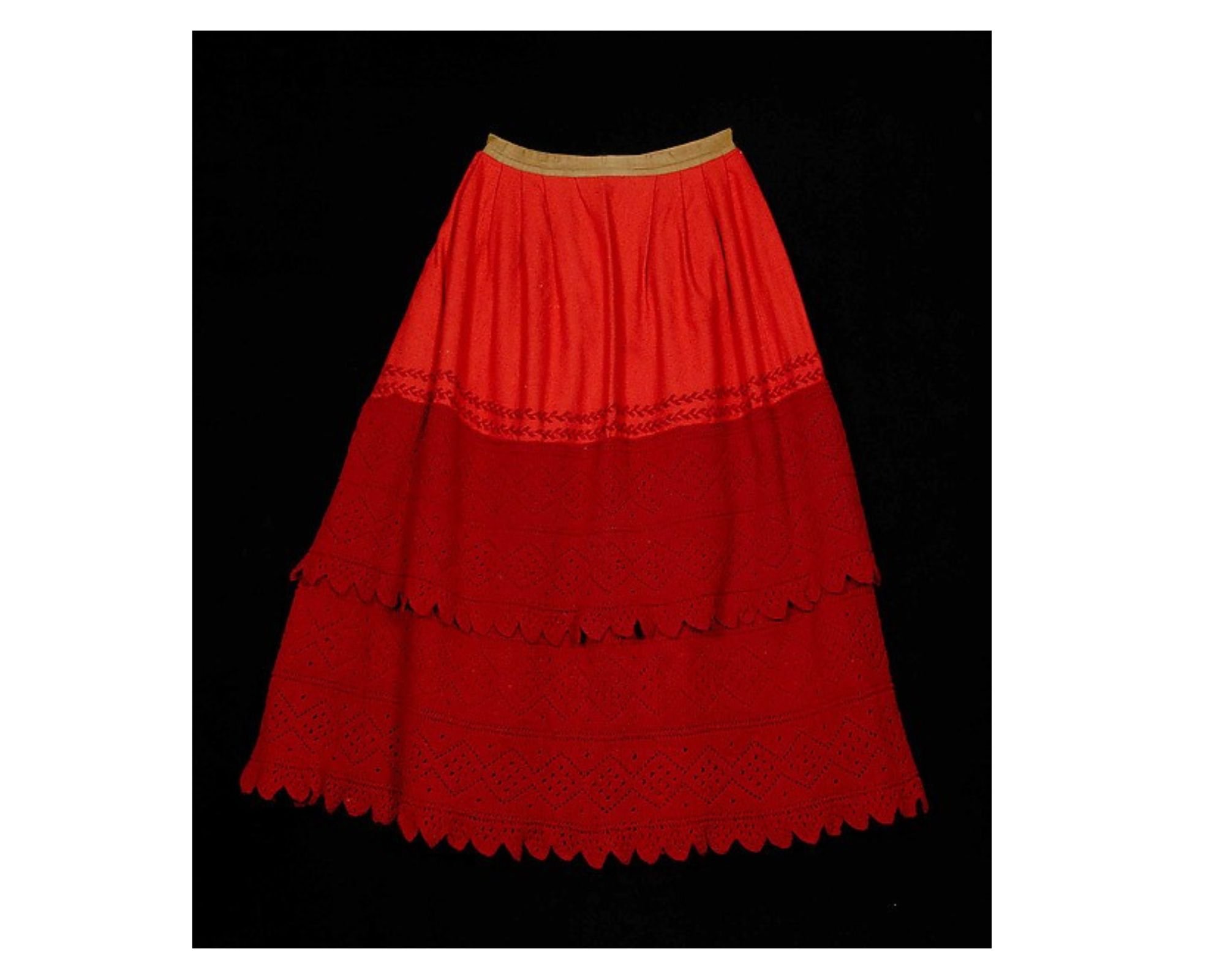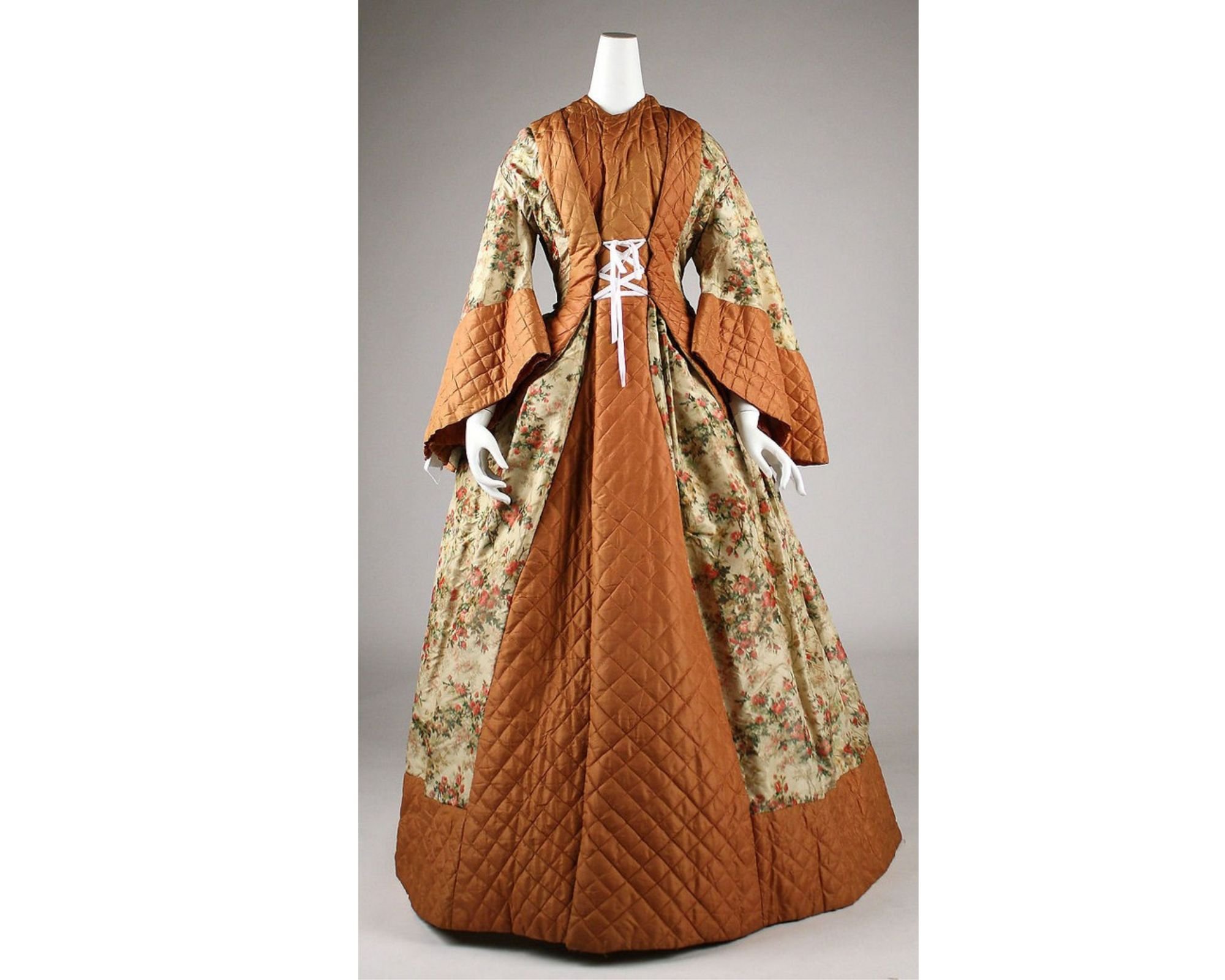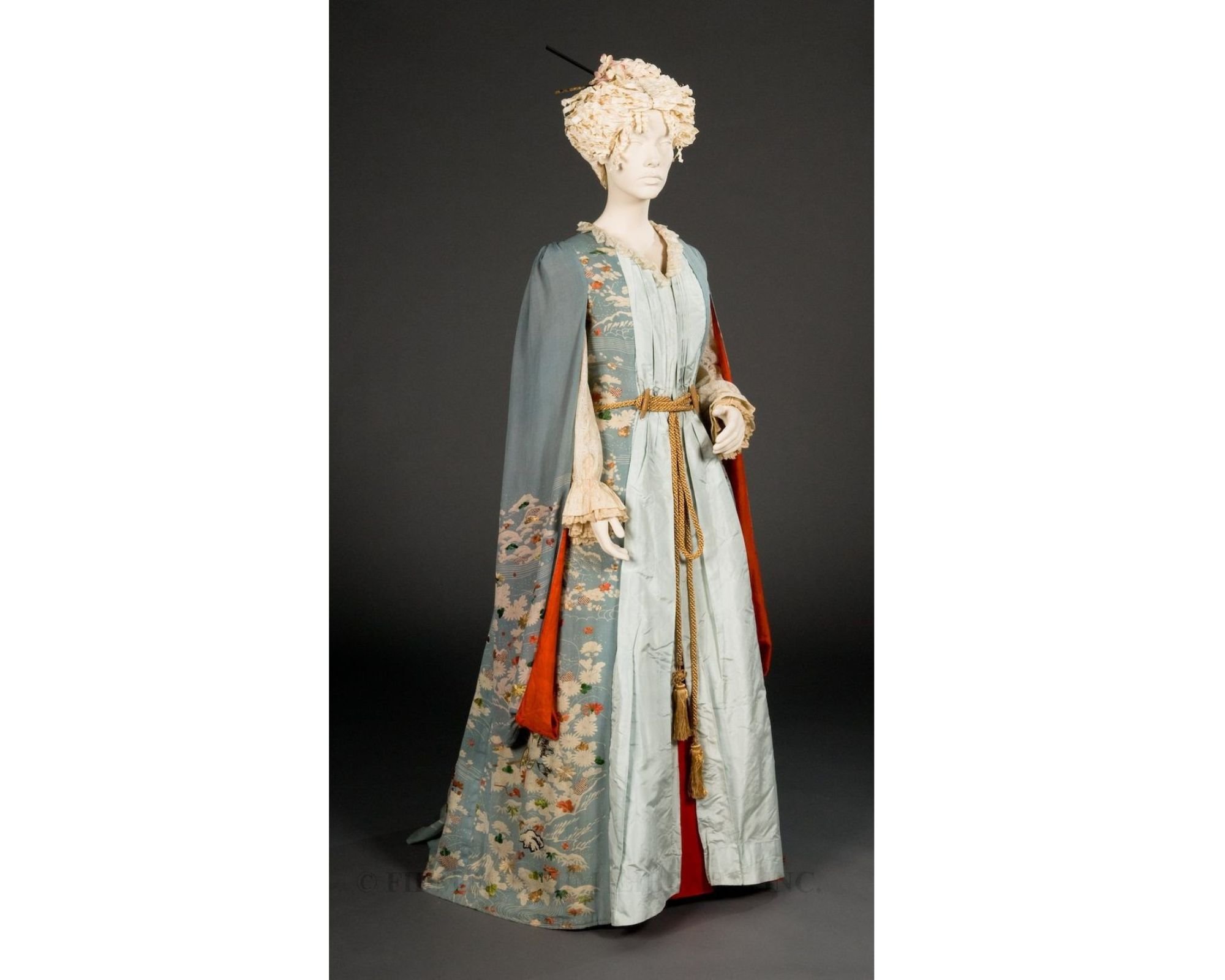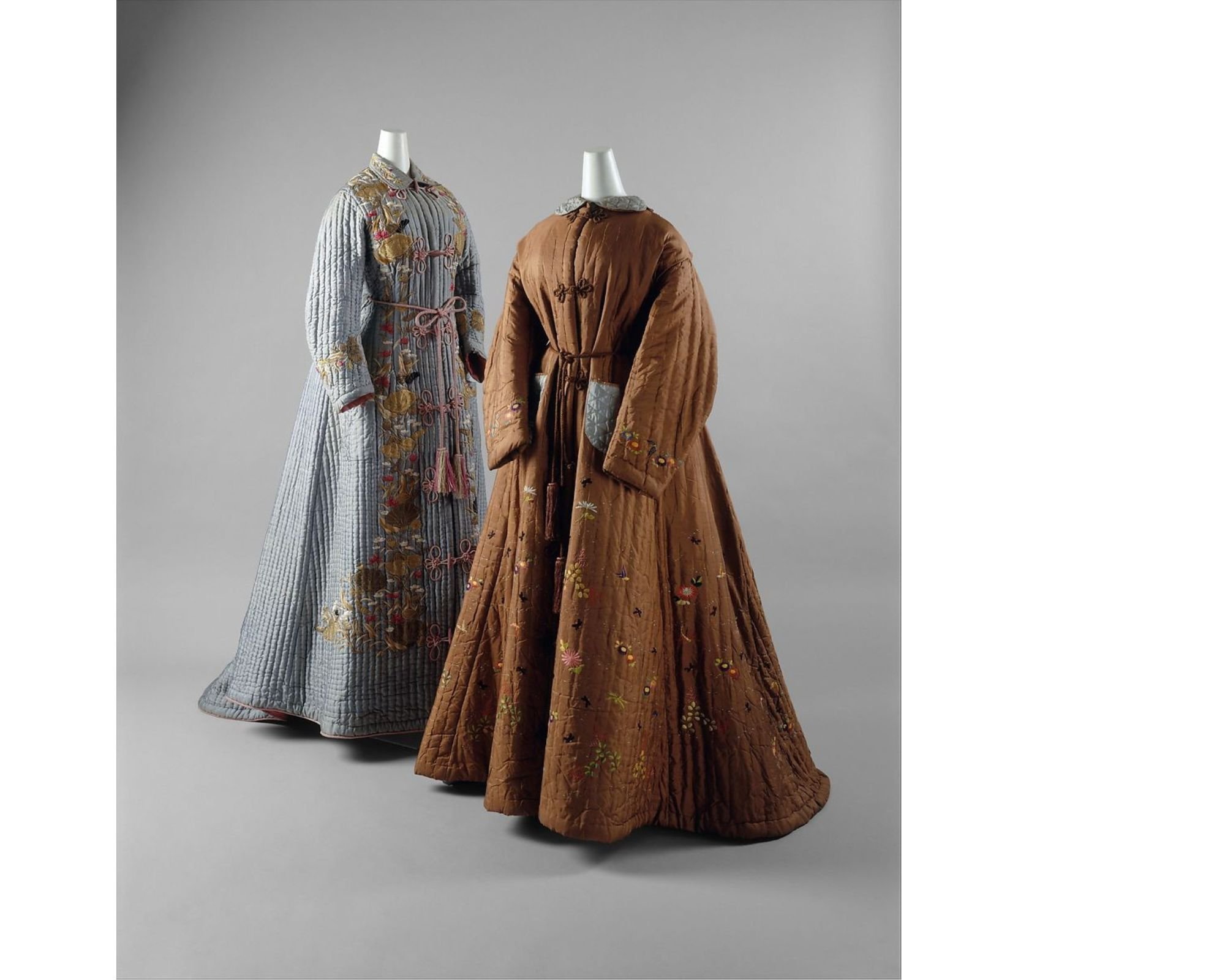The Sewing Hive was one of the sponsors at an event called Midwest Craftcon. We demonstrated how to mend and embellish clothes with simple running embroidery stitches. The keynote speaker spoke about how important it is to connect with the community. We wholeheartedly agree!
So good to see and hear discussions with old pals and meet new folks running handmade businesses, such as Megan of Craftin Outlaws and MWCC, Olivera of WildCat Gift & Party, Natalie of Natterdoodle, Wendy of Hands Skin Care, Toni of TL Yarncrafts, and many others!
Left image: Sew with us at our Sewing Meetup event and meet some friends with common interests. Click the image for more and the registration link.
Image right: Martha, one of our instructors, is a supporter of The Riverside Hospital Sewing Guild, and she hosted a chemotherapy hat sewing session at The Sewing Hive. We want to thank the Clintonville Spotlight for such an amazing cover story in their March issue! And thank you again to those who came and sewed!
The next one is happening May 20th from 2-5 pm.
And you can grab some "me" time while the kids are at sewing camp. It will be here before you know it, so register now. Seats are limited!
Sewing is a wonderful way to "meditate" for those who need to keep their hands busy. It's like "fidget spinning," but you're being productive!
Thanks for reading and please share with your community!
